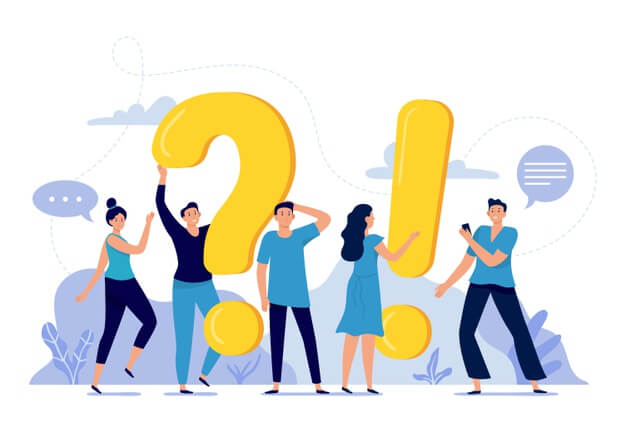Real Estate Link Building That Actually Works: Earn Local Authority, Rankings, and Better Leads Without Spam
Dec 10, 2025

Dec 10, 2025

Dec 10, 2025

Dec 09, 2025

Dec 09, 2025

Dec 05, 2025

Dec 05, 2025

Dec 04, 2025

Dec 04, 2025
Sorry, but nothing matched your search "". Please try again with some different keywords.

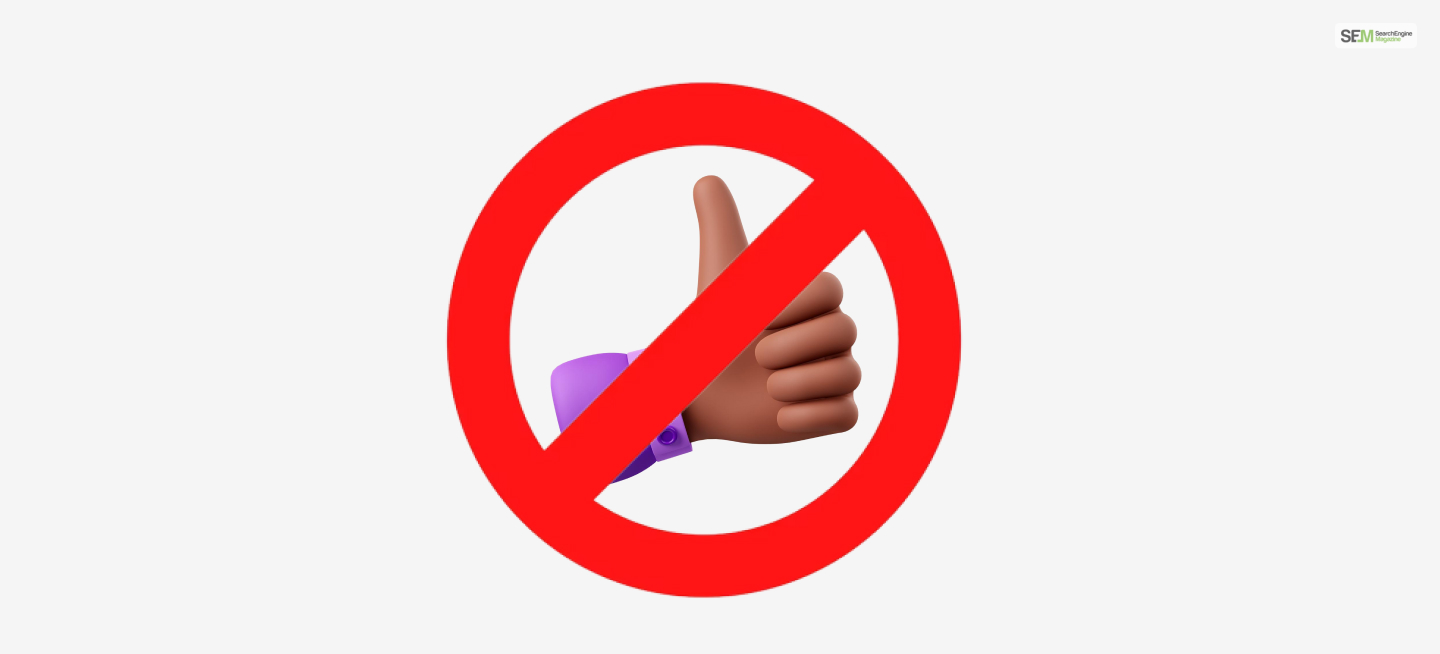
Many “Millennials” have been called out by their junior “Gen Z” or “Zoomers” in the workplace for being passive-aggressive to others. While millennials are dumbfounded as to which actions created this perception – it was later found out to be something as simple as the Thumbs Up emoji we all use.
But how? And why is a simple emoji like this used by millions to be a sign of passive aggression in the workplace? Read this post to find out!
You have heard of terms like Gen Z, Millennials, Generation X, Baby Boomers, etc, in social media, right?
If you haven’t, well, no worries. Social media is an addictive and worthless marketing and digital content drug anyway.
Basically, every person born from the 1880s till the present day can be placed under several demographic cohorts, Based on their birth years. While this concept of categorization started in the US and is most followed in the Western world, other nations from other parts of the world are also conforming to them.
Here is a list of various generations that popped up in the last century:
| Generations | Birth Years |
|---|---|
| Lost Generation | 1883 – 1900 |
| Greatest Generation | 1901 – 1927 |
| Silent Generation | 1928 – 1945 |
| Baby Boomers | 1946 – 1964 |
| Generation X | 1965 – 1980 |
| Millennials | 1981 – 1996 |
| Generation Z | 1997 – 2012 |
| Generation Alpha | 2013 – present |
As you can see from the table above, there have been eight generations so far (and more to come).
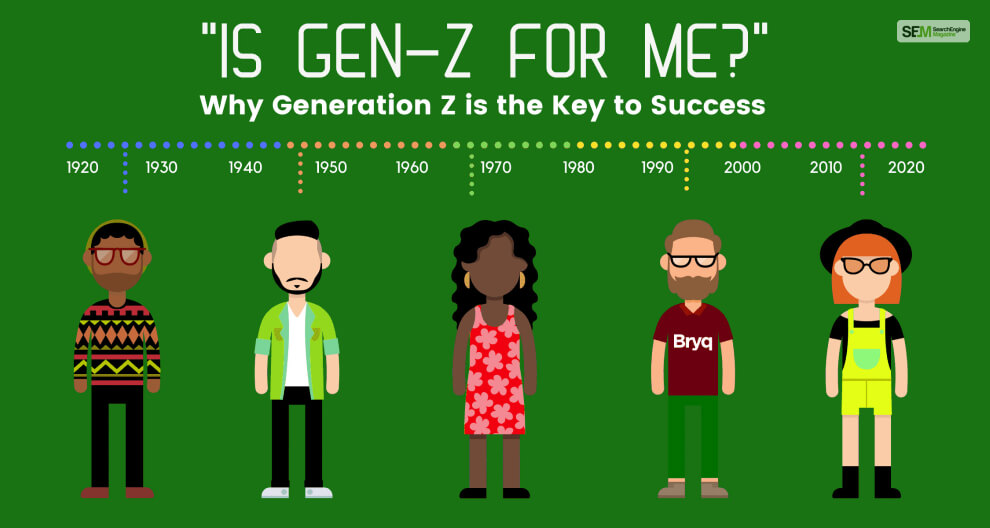
The generation that I will be talking about most in this post (just look at the title of this post) is Gen Z. Generation Z, also referred to as Zoomers, constitutes most of the youth today. Anyone born between 1997 and 2012 is referred to as Zoomer.
But why are they referred to as such? Just because of their birth dates?
While their birth dates are an essential undermining factor, it’s not the only one. Three are several other factors at play here.
Here are some generational “cultural factors” that define Zoomers:
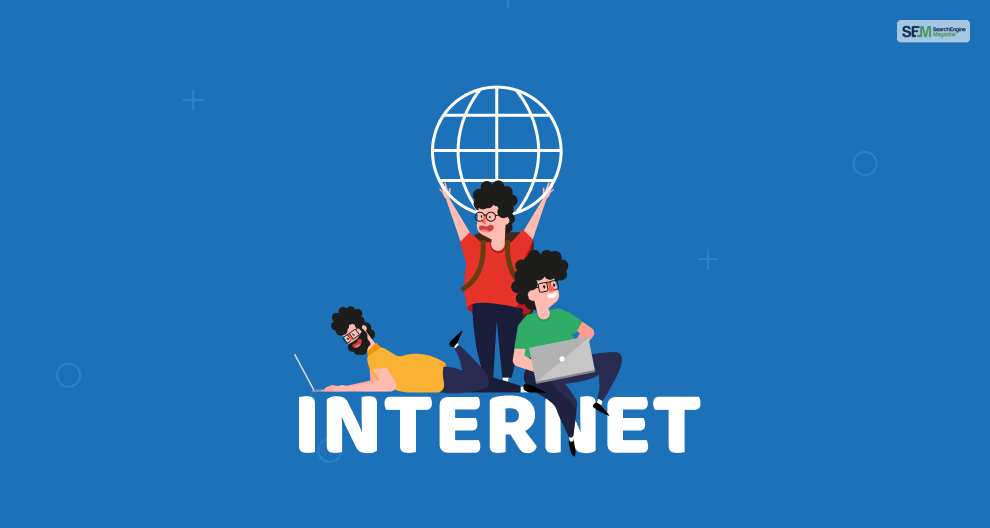
Most Gen Z people right now have grown with digital technology and easy access to the Internet. From an early age, they have been exposed to the internet and have grown up being more digitally literate compared to other generations.
For example, social media plays an integral role in the life of Zoomers, dictating what is acceptable in society and what is “cool” and “hip.” However, their “cancel culture” (more on this later) has made Facebook Chat Support and Snapchat Support more important than before.

It has been observed that Gen Z is more academically inclined compared to the previous generations. This is because of the lack of education that their parents received (younger baby boomers and Generation X).
Since their parents now know the importance of education, they make sure that their children are academically better than them so that they can get good jobs.

Most Gen Z have confessed that money is their biggest driving factor. This has stemmed from the teachings of Baby Boomers and Generation X – generations that realized that accumulating wealth is one of the most important necessities of life.
Along with more focus on education, Gen Z are money-minded individuals who work hard to get good jobs and earn more.

Doctors have noticed a significant decline in the quality of mental health of Gen Z people. Due to the use of technology, the screen time of the average Zoomer ends late after midnight. Therefore, Gen Z sleeps less than the standard 7 to 8 hours a day, leading to sleep deprivation.
Plus, with the advent of social media, the image of a person is an essential factor now. If you don’t look great – don’t have a pretty face and well-toned body – along with lots of money and materialistic requirements that are luxurious – you will be deemed inferior in society.
This has been attributed to social media influencers warping the perception of what is good or bad in society. People who fail to meet these beauty standards commonly suffer from depression. This is what Answer the Public will help you understand.

If you use special media or even a messaging app like WhatsApp, you know what the Thumbs Up smiley is. The emoji thumbs up is simple thumbs up emoji that you use as a statement of confirmation or approval of something.
For example, if someone asks you, “Is everything all right?” Instead of saying “Good” or “Fine,” you can simply show the Thumbs Up emoji, which means the same.
Everyone knows that Gen Z rules social media. Every new fashion trend, digital content, trending music and movies, etc – are all made and popularized by Gen Z.
However, a new viral outbreak has started digitally. A new trend where Gen Z is “canceling” the thumbs up emoji. When I say cancel, it means labeling something as “socially and culturally offensive that must not be done or used.”
Since Gen Z are more conscious about shaping the minds of their friends around them, they have started the “cancel culture” – a predicament in which someone or something that was prevalent or popular before will now be deemed inappropriate.
And it seems that the harmless thumbs up emoji is the latest victim of the Gen Z cancel culture.
Gen Z, especially the ones doing corporate jobs, have deemed the emoji with thumbs up to be inappropriate in the workplace. This is because they consider the thumbs up emoji to be a sign of passive aggression.
Therefore, if you use the thumbs up emoji to agree to something, it means that you are “faking” about agreeing to something. But in reality, you are not. This is most notable in workplaces. If you really accept something, you will reply with a “Yes” and not be lazy enough to reply with a simple thumbs up emoji.
For example, if your boss asks you to do something outside of your work hours – which you shouldn’t but are forced to do, you can reply with a thumbs up emoji as a sign of reluctant acceptance.
Since most modern workplaces are shared by millennials and older Gen Z, Millennials seem to not care about the entire cancel culture. Most millennials believe that Gen Z youth are “intellectually brain dead” and “overly reliant on standards set by social media.”
Therefore, any such thing that Gen Z “set” or “cancel” should not be heeded. Even though I fall under the Gen Z bracket, I, too, believe the same since most Gen Z cultures are just silly.
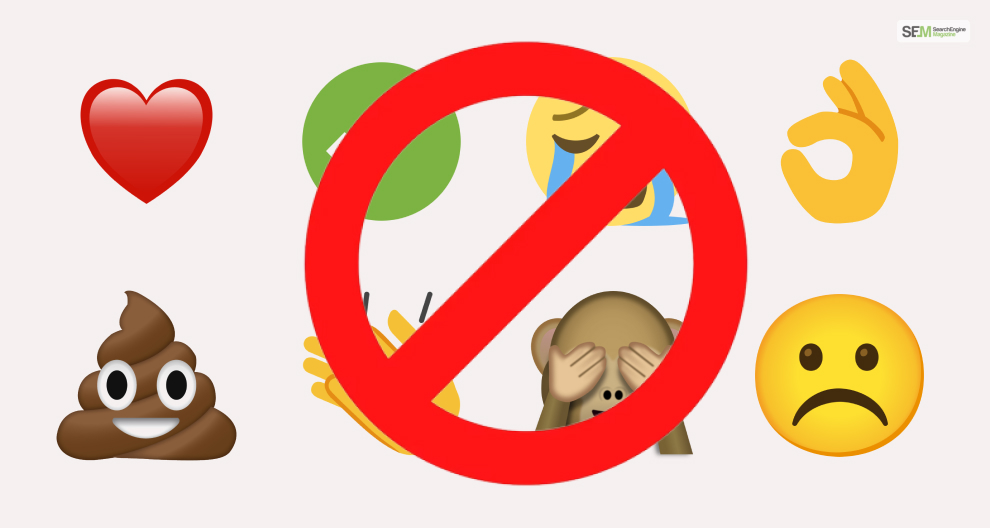
Apart from the thumbs up emoji, other emojis are being canceled as well for varying degrees of stupid reasons, like:
Since the new youth entering workplaces are canceling the Gen Z Thumbs Up emoji, you one with extreme caution. Who knows where you will be called out in front of everyone for being “passive aggressive” in the workplace!
But on a serious note, I would recommend you not heed Gen Z standards. They always come up with the silliest and stupidest reasons to do what they do. Let me know in the comments as to what you think about the thumbs up emoji.
More Resources:
Mashum Mollah is the feature writer of SEM and an SEO Analyst at iDream Agency. Over the last 3 years, He has successfully developed and implemented online marketing, SEO, and conversion campaigns for 50+ businesses of all sizes. He is the co-founder of SMM.
View all Posts
Real Estate Link Building That Actually Works...
Dec 10, 2025
Why Health-Conscious Consumers Choose Blockch...
Dec 10, 2025
How To Buy Xupikobzo987Model? Decoding The Mo...
Dec 09, 2025
Workplace Management EWMagWork: Is This Smar...
Dec 09, 2025
Social Media Stuff EmbedTree: Is This Digita...
Dec 05, 2025

